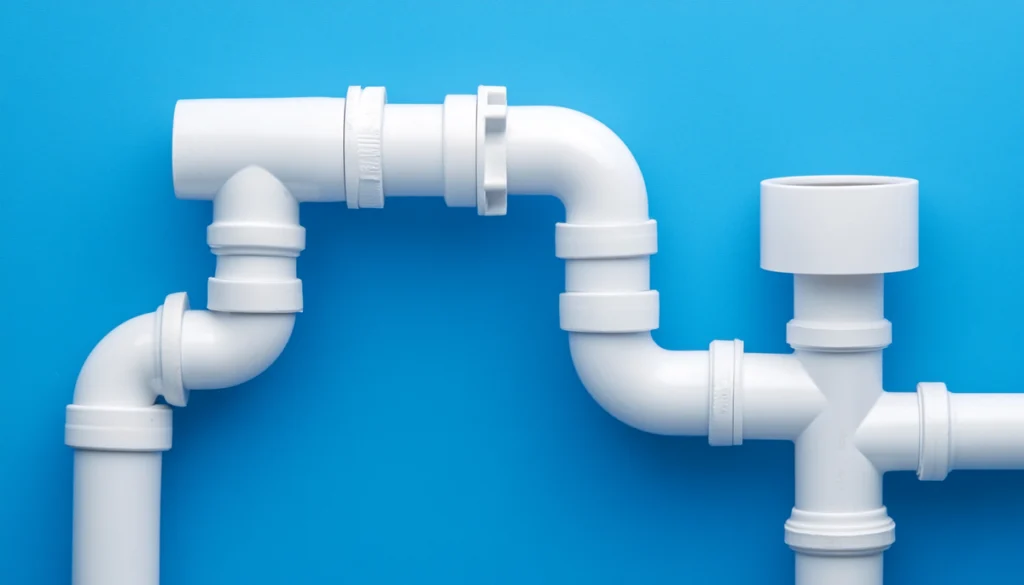Blog
Choosing the Right Plumbing Fittings for Disposal Units

Choosing the right plumbing fittings for your garbage disposal might seem like a small detail, but trust me, it’s crucial for ensuring a smooth installation. The last thing you want is a leak or a poor fit causing you problems down the line. Having the right tools and the best fittings in place makes all the difference between an efficient, hassle-free job and one that leaves you calling a plumber later. Let’s break down what you need to get the job done right.
Short Answer: What Fittings Do You Need for a Disposal Unit?
You’ll need a few key fittings: a tailpiece to connect the sink drain, a P-trap to prevent sewer gases from entering, and sometimes a branch tailpiece for dishwasher connections. Add in proper seals like gaskets or plumber’s putty to keep everything leak-free, and you’re good to go.
Do All Garbage Disposals Have the Same Size Fittings?
No, not all garbage disposals have the same size fittings. The most common size for disposal units is 3 1/2 inches, which fits most standard kitchen sinks, but it’s not always universal. If you’ve got an older sink or something custom-made, you might run into a different size. That’s where you’ll need to double-check the specs before you buy any fittings.
Most of the time, the drain outlet on disposals is designed to connect with a 1 1/2-inch pipe, but depending on your plumbing setup, you might need adapters or special fittings to get everything aligned properly. If you’re connecting a dishwasher, you’ll also need to make sure the disposal’s inlet is compatible. Bottom line—don’t assume everything will fit perfectly out of the box. Measure twice, buy once.
Do I Need Plumber’s Putty to Install a Garbage Disposal?
In most cases, yes, plumber’s putty is your best bet when installing a garbage disposal, especially around the sink flange. It creates a watertight seal that prevents leaks from forming between the disposal and the sink. You don’t want water dripping under your sink, and plumber’s putty is an easy way to avoid that headache.
That said, some newer models come with rubber gaskets that can replace putty and make the installation even easier. It’s always a good idea to check your disposal’s manual to see if putty is recommended or if the included gasket will do the job just fine.
Types of Fittings You’ll Need
When it comes to installing a garbage disposal, there are a few essential fittings you’ll need to keep things running smoothly. First, the tailpiece connects your sink drain to the disposal. Then, you’ve got the P-trap, which helps prevent nasty sewer gases from creeping back up into your kitchen. If you’ve got a dishwasher, you’ll need a branch tailpiece to connect the dishwasher drain to the disposal. Don’t forget the gaskets and seals, which are critical for leak prevention. And if your plumbing has different pipe sizes, adapters will be necessary to make sure everything lines up perfectly.
Final Thoughts on Fittings for Disposal Units
At the end of the day, choosing the right plumbing fittings for your garbage disposal is essential for a smooth, leak-free installation. Taking the time to get the correct size fittings and seals will save you headaches down the road. Whether you’re doing the job yourself or calling in a pro, having the right parts in place ensures everything works as it should. So, measure carefully, grab the proper fittings, and you’ll have your disposal up and running in no time.
